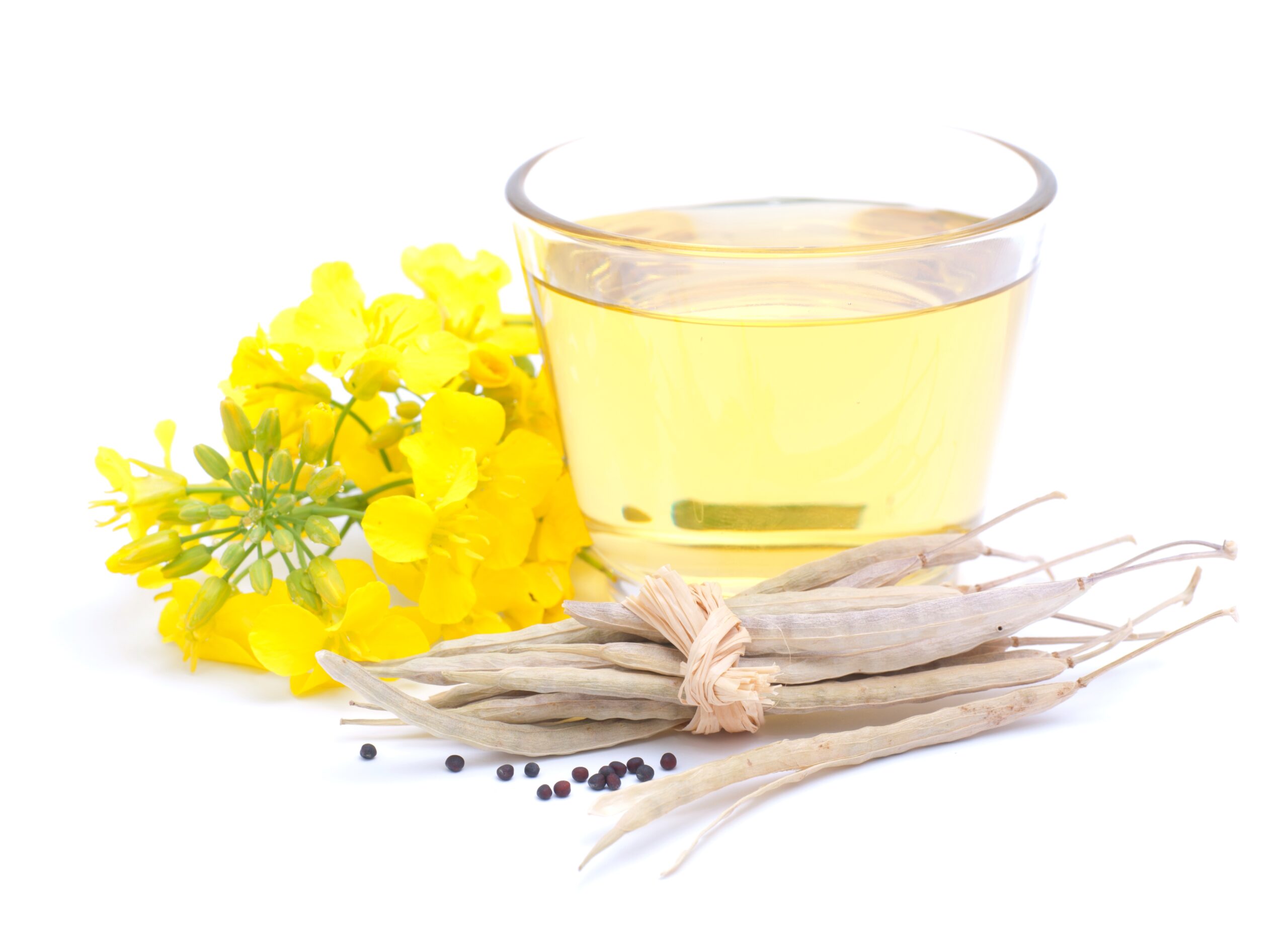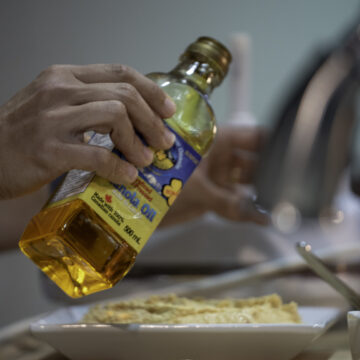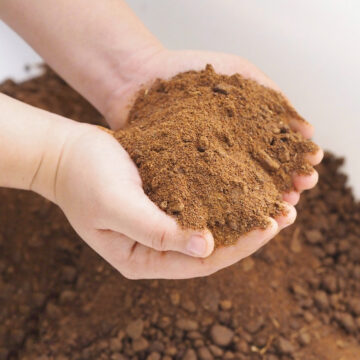
Canola – Canada’s Oil!
Canola Info
Have you ever driven through the countryside of Western Canada in the summer? Did you notice the big fields of yellow flowers swaying in the breeze? These yellow flowers grow on canola plants.
Canola is a plant that’s grown by our farmers for many important uses. Canola is known as an oilseed because the plant’s seeds contain oil. Chances are, there’s a bottle of canola oil in your kitchen right now.
A member of the Brassica family of plants, canola is a relative of broccoli and cabbage. It is also closely related to a plant called rapeseed. Today’s canola is a descendant of the rapeseed plant first brought to Canada by a Polish farmer. Canola was developed in the 1970s, using traditional plant breeding techniques, by Canadian plant breeders Dr. Keith Downey and Dr. Baldur Stefansson.
To create canola, these scientists removed two undesirable components from rapeseed: erucic acid, (a harmful type of fatty acid), which negatively impacts heart health; and glucosinulates, which otherwise would give the oil a bitter aftertaste.
Did you know? The name ‘Canola’ comes from ‘CAN’ as in Canada and ‘OLA’ as in oil!
Today, more than 43,000 Canadian farmers proudly grow this made-in-Canada crop.
Canola Oil

How does canola become cooking oil? That’s a great question. Here’s how.
Once canola flowers bloom in the summer, they develop pods and beneficial insects like bees also help pollinate the flowers. Each pod will produce up to 14 seeds! These seeds are 45% made up of canola oil.
Once the canola plant completes its life cycle, it will produce mature dark-brown or black- colored seeds that are harvested by the farmer. Farmers typically store and/or transport their harvested canola seeds to a crushing facility.
With at least 14 such facilities across Canada, we crush huge amounts of canola seed. Most of these crushing plants are in the West, where most of Canada’s canola grows. Crushing separates the oil from the seed, and what’s left is known as canola meal. Both meal and oil have different and important uses.
In fact, there is a lot more to it than just crushing the seed. To get the most out of each canola seed, typically the seed is cleaned, heated up, cooked and pressed (to release the oil). The oil is then further processed to get to its final form. This is how we get canola oil from canola seed.
As Canadians know, canola oil is great for cooking. Did you know that canola oil has many other uses, too? These include making environment-friendly biodiesel fuel, inks, lubricants, soaps, paints, plastics and cosmetics. Canola oil, made into a foam, can also be an eco-friendly way to suppress forest fires.
Canola Meal

In the world of canola, the oil gets most of the attention. Canola meal – the part of the canola seed that’s left after the oil is pressed out – is also a big part of Canada’s canola story.
Canola meal is high in protein and has an excellent amino acid profile. That makes it highly nutritious for certain kinds of animals.
Canola meal is blended with other ingredients, such as grain, to make a well-balanced feed for dairy cows, chickens, pigs and even fish. With canola meal in the mix, the feed is easily digested and, to the animals, it tastes good too.
Research shows that dairy cows produce an extra litre of milk per day when canola meal is part of their feed.
The milk, eggs, chicken, pork and fish in your diet are made possible, in part, by canola meal. That makes meal just as important as oil in the story of canola.
Check out this video to learn more about the amazing uses of canola meal.
